Persian Cat Grooming: Best Practices to Maintain The Luxurious Coat
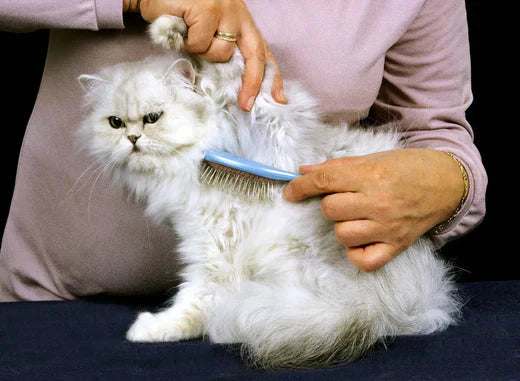
If you're the proud owner of a Persian cat, you're already well aware of their iconic, luxurious coat that can turn any lap into a royal throne. Persian cats are not just pets; they are a commitment to daily grooming sessions that foster health, beauty, and bonding. Understanding Persian cat grooming is essential for any owner, as these magnificent felines require significantly more maintenance than short-haired breeds.
Whether you're grooming a Persian kitten for the first time or looking to refine your technique with an adult cat, proper grooming practices are crucial for your pet's well-being. The key to successful Persian cat grooming lies in consistency, patience, and using the right techniques and tools. Learn more about this breed in our Persian Cat Blog Collection.
This comprehensive guide will walk you through the best grooming practices to keep your Persian's coat as glorious as it is meant to be, covering everything from daily maintenance to professional care tips.
Understand the Basics of Persian Coat Care
The Persian cat's coat is thick, long, and flows with an almost magical quality that sets them apart from all other cat breeds. This double-layered coat consists of a dense undercoat and longer guard hairs that create its signature fluffy appearance. However, this beauty comes with a need for regular maintenance that goes far beyond occasional brushing.
Understanding how to groom a Persian cat starts with recognizing their unique coat structure and the challenges it presents. Without consistent grooming, their fur can quickly become matted, leading to discomfort, skin irritation, and potential health issues such as skin infections or painful pelting.
The long fur easily traps dirt, debris, and litter, making regular cleaning essential for hygiene. When grooming Persian cats, owners must commit to daily sessions that can range from 10-30 minutes, depending on the cat's coat condition and tolerance level.
Essential Grooming Techniques for Persian Cats
Understanding how to groom a Persian cat requires mastering specific techniques that address their unique coat needs. These Persian cat grooming tips form the foundation of proper care for your long-haired companion.
Daily Brushing is Non-Negotiable
To start, integrate daily brushing into your routine when grooming Persian cats. This will not only keep their coat smooth and tangle-free but also help to distribute natural skin oils throughout their fur, maintaining its natural sheen and health. Use a wide-toothed comb or a soft-bristled brush designed for long-haired breeds. Be gentle to avoid pulling, which can cause pain and potentially lead to grooming aversion.
Essential brushing tools include:
-
Wide-toothed metal comb for initial detangling
-
Soft-bristled brush or slicker brush for smoothing
-
Pin brush for fluffing and final touches
-
Dematting comb for stubborn tangles
For those grooming a Persian kitten, starting this routine early helps them become accustomed to handling and makes future grooming sessions more manageable.
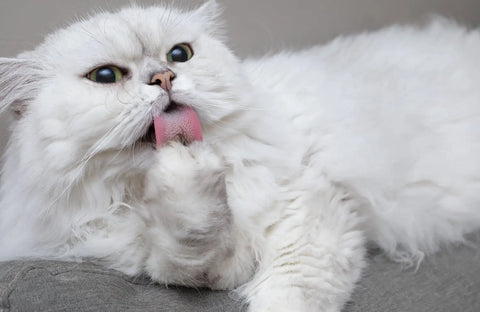
Bathing Your Persian
While not all cats enjoy water, periodic bathing is crucial for Persian cat grooming to keep their coat in pristine condition. Aim to bathe your Persian once every 4 to 6 weeks. Use a high-quality cat shampoo that moisturizes and conditions the fur. Ensure the water is lukewarm to make the experience as comfortable as possible, and always thoroughly rinse any shampoo out of the coat to prevent irritation.
Bathing preparation steps:
-
Pre-brush thoroughly to remove loose fur and prevent matting
-
Trim nails beforehand to protect yourself from scratches
-
Place a rubber mat in the tub for secure footing
-
Have towels ready for immediate drying after the bath
Pre-brushing before bathing removes loose fur and prevents drain clogs, making the entire process more efficient.
Dealing with Mats
Despite your best efforts when grooming Persian cats, mats can still form, particularly in areas where friction occurs, such as under the arms and around the collar. To address mats, use a specialized dematting tool or a mat splitter.
Work slowly and talk to your cat soothingly as you gently tease the mat apart. If a mat doesn't come out with gentle brushing, it may be best to seek professional help rather than risk hurting your cat's skin. Prevention is key - focus extra attention on problem areas during daily brushing sessions.
Nail Trimming and Paw Care
Regular nail trimming is an essential aspect of Persian cat grooming that's often overlooked. Persian cats' nails grow continuously and can become ingrown if not maintained properly. Trim nails every 2-3 weeks using cat-specific nail clippers.
Additionally, check between their toes for any matted fur or debris that can accumulate in their fluffy paw fur. Gently clean between the paw pads and trim any excess fur that might collect litter or dirt, especially important when grooming a Persian kitten who is still learning proper hygiene habits.
Facial Grooming and Sanitary Areas
The flat face structure of Persian cats requires special attention in your how-to groom a Persian cat routine. Their facial folds can trap food particles and moisture, leading to bacterial growth and odors. Use a soft, damp cloth to gently clean facial folds daily, paying particular attention to the area around the nose and mouth.
Daily facial care routine:
-
Wipe eye corners with separate clean cloths for each eye
-
Clean nose folds with gentle, circular motions
-
Check for food debris around the mouth area
-
Dry thoroughly to prevent moisture buildup
Additionally, maintain the sanitary areas around the rear end by carefully trimming fur that might become soiled, ensuring your Persian stays clean and comfortable while preventing hygiene-related health issues.
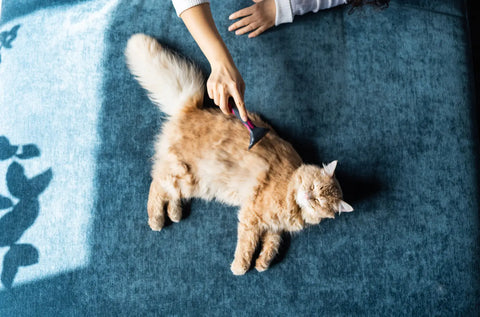
Nutrition Matters: Feeding for a Healthy Coat
Remember, a healthy coat starts on the inside, and proper nutrition plays a vital role in Persian cat grooming success. Feeding your Persian high-quality cat food with the right balance of nutrients, particularly omega-3 and omega-6 fatty acids, can significantly improve the health, texture, and shine of their fur. These essential fatty acids help reduce shedding, improve coat softness, and support skin health from within.
Key nutritional elements for coat health:
-
Omega fatty acids for shine and reduced inflammation
-
High-quality protein for strong, healthy hair growth
-
Biotin and zinc for coat texture and color vibrancy
-
Adequate hydration to support skin and fur health
If you want to learn more about what diet is best for your Persian cats, check our guide for your purebred's diet for optimal health. Additionally, consider supplements specifically designed for coat health, but always consult with your vet to find the best diet and supplementation plan for your furry friend's individual needs.
Professional Grooming: When to Seek Expert Help
Even with regular home grooming of a Persian cat, occasional visits to a professional groomer can be beneficial and sometimes necessary. Professional groomers have specialized tools, experience with difficult cats, and techniques that can address issues beyond typical home care capabilities. They can handle the more challenging aspects of grooming, such as thorough ear cleaning, precision nail trimming, sanitary area trimming, and even specialized styling to keep your Persian looking their regal best.
Professional groomers can also identify potential health issues early, provide deep cleaning services, and offer treatments like de-shedding procedures that significantly reduce home maintenance between visits. Consider scheduling professional grooming every 6-8 weeks, or more frequently during shedding seasons.
Conclusion
Grooming your Persian cat is more than just a chore; it's a way to connect and show care for your elegant companion. Regular grooming not only keeps them looking beautiful but also healthy and happy.
As you establish a grooming routine, you'll find that this time can strengthen the bond between you and your Persian, making each brush stroke a moment of connection and care.
Remember, a well-groomed Persian is a sight to behold and a joy to snuggle. If you don't groom your Persian cat well, it could lead to some health issues.
Frequently Asked Questions About Persian Cat Grooming
1. How often should I brush my Persian cat?
Daily brushing is absolutely essential for Persian cat grooming. Persian cats require brushing every single day to prevent matting and maintain their coat's health. Sessions typically last 10-30 minutes, depending on your cat's coat condition. Skipping even one day can lead to tangles, so consistency is crucial for successful grooming Persian cats.
2. What happens if I don't groom my Persian cat regularly?
Without regular grooming, Persian cats develop serious matting that leads to skin irritation, infections, and painful pelting. Mats pull on the skin, causing discomfort and potentially wounds. Poor grooming hygiene can also result in eye infections and ear problems. When grooming a Persian kitten, establishing early routines prevents these issues.
3. Can I bathe my Persian cat at home, or should I go to a professional?
You can bathe your Persian cat at home with proper preparation and technique. Bathe every 4-6 weeks using high-quality cat shampoo and lukewarm water. However, if your cat is extremely resistant to water or has severe matting, professional grooming may be safer. Many owners combine home bathing with professional grooming every 6-8 weeks.
4. What tools do I need for grooming my Persian cat?
Essential Persian cat grooming tools include a wide-toothed metal comb, soft-bristled or slicker brush, pin brush for fluffing, dematting comb for tangles, cat-specific nail clippers, and soft cloths for facial cleaning. Quality tools make grooming a Persian cat much easier and more effective.
5. At what age should I start grooming my Persian kitten?
Start grooming a Persian kitten as early as 8-12 weeks old with short, gentle sessions. Begin with just a few minutes of gentle brushing and gradually increase duration as your kitten becomes comfortable. Early socialization to grooming makes adult sessions much more manageable and stress-free.




















































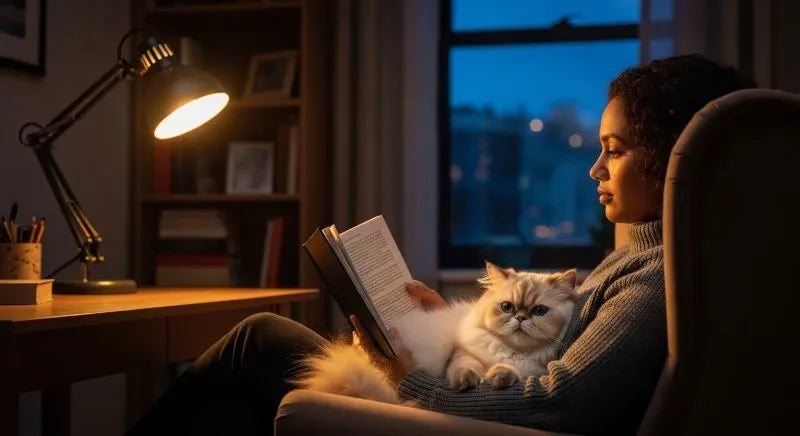


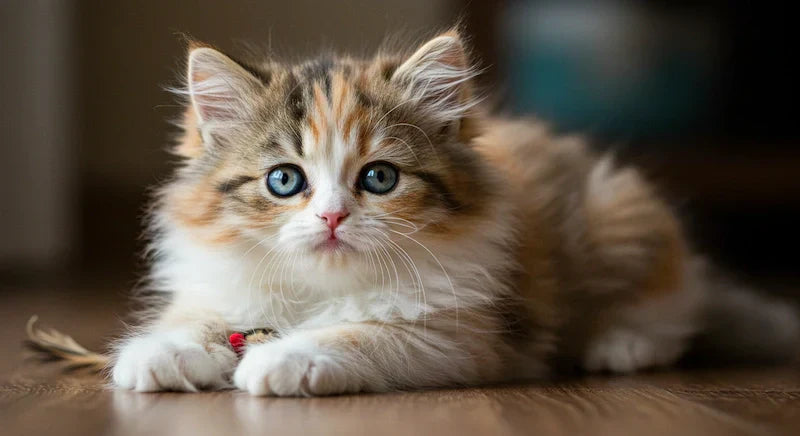
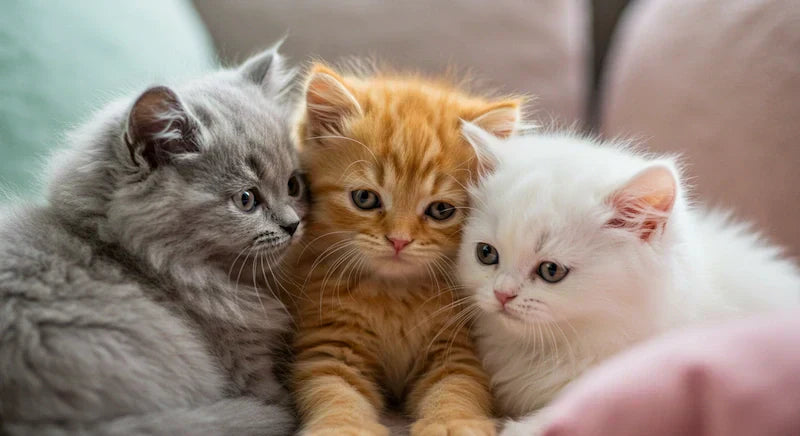




Comments(0)